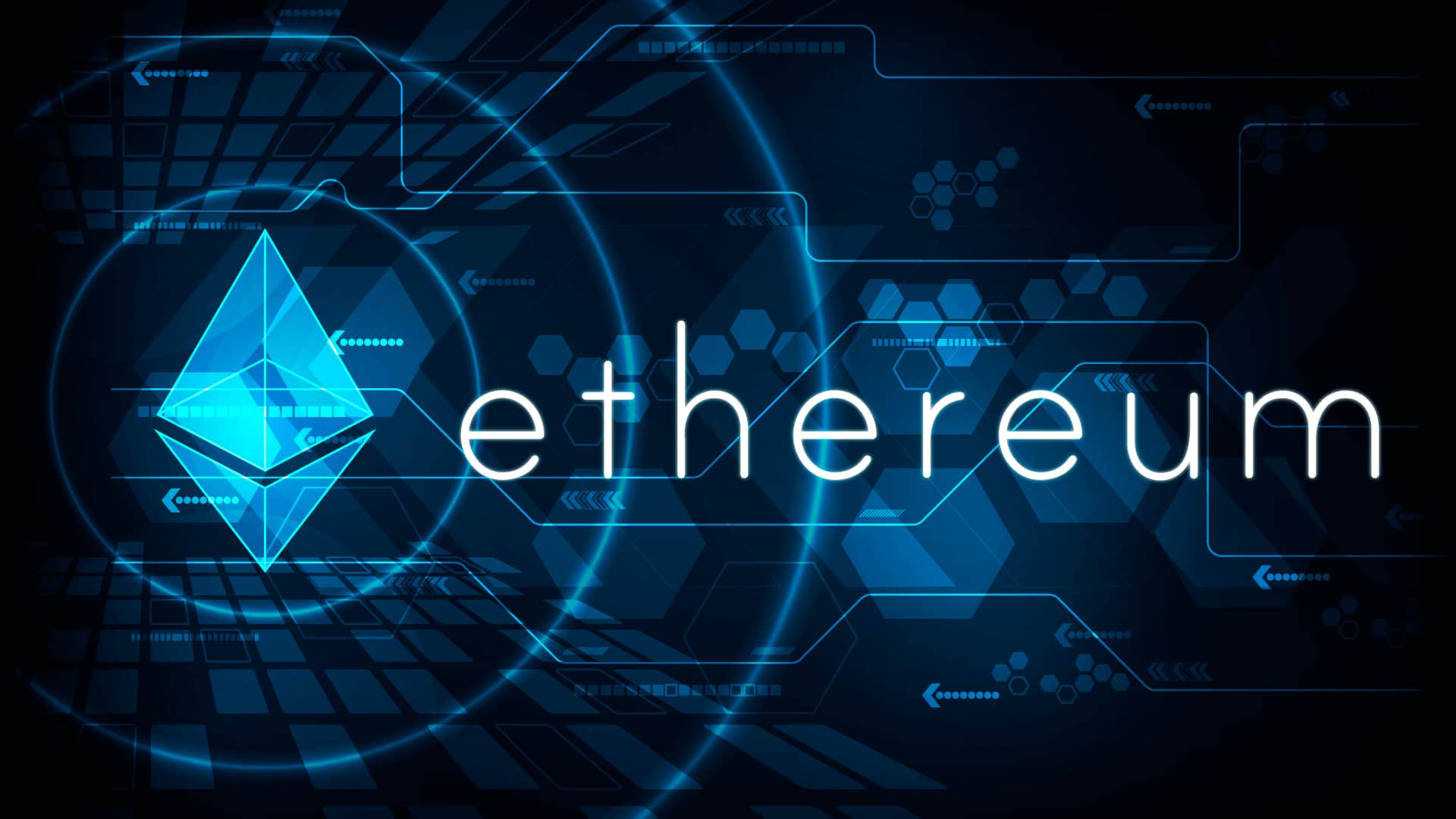[ad_1]
When Ethereum lastly moved from a Proof of Work (PoW) to a Proof of Stake (PoS) mechanism, it had been completed to a lot fanfare locally. Most celebrated the brand new promise of higher effectivity and considerably much less vitality consumption. However, simply months after the improve, a brand new downside has reared its head and that’s how a lot simpler it’s to sanction ETH transactions.
60% Of Ethereum Blocks Follow OFAC
Back in August, the US Office of Foreign Assets Control (OFAC) imposed sanctions on a number of decentralized functions (DApps) on the Ethereum blockchain. These sanctions primarily targeted on crypto mixers akin to Tornado Cash and Blender which have been accused of offering North Korean hackers a option to launder the cash they stole from crypto buyers.
Tornado Cash itself was stated to have been used to launder greater than $7 billion in crypto in three years because it was created. The sanctions led to the eventual shutdown of Tornado Cash and one of many builders have been arrested by Dutch authorities.
Now, three months later, the vast majority of Ethereum blocks at the moment are compliant with the OFAC sanctions. This chart beneath from MEV Watch exhibits, per 100 blocks, what number of are imposing OFAC censorship, and it comes out to greater than 60% of blocks being OFAC compliant.

Over 60% of ETH blocks are OFAC compliant | Source: MEW Watch
This means that almost all of Ethereum blocks usually are not including transactions which have interacted with sanctioned functions akin to Tornado Cash, drawing criticism of the community and the way actually decentralized it’s if that is taking place.
A New Threat
There have been quite a few allegations that transferring Ethereum to a proof-of-stake mechanism had made it simpler for authorities to regulate the transactions that may be carried out on the community. MEV Watch lists the seven main mev-boost relays, of which 4 have been presently working and censoring transactions in keeping with OFAC sanctions.
These relays not together with any transactions from wallets or sensible contracts which were sanctioned by OFAC deal a big blow to the decentralization of Ethereum. If all relays have been to adjust to these necessities, it might imply that the federal government may efficiently blacklist a pockets on a blockchain that’s meant to be decentralized and preserve that tackle from having the ability to transact – identical to with a blacklisted checking account.
To efficiently bypass this risk of full censorship, validators have to guarantee that when establishing their mev-boost configuration, they don’t add these relays censoring transactions in keeping with OFAC necessities. The extra validators add censorship-compliant relays to their configurations, the extra transactions are censored.

Leaderboard of censorship-compliant entities | Source: MEV Watch
The MEV Watch web site additionally features a checklist of what it calls the “Censorship Offenders Leaderboard” itemizing the entities who’re working censorship-compliant mev relays of their validators. The prime 5 of those are StakeHound, Celsius Network, Ether Capital, Cream Finance, and Bitstamp.
ETH worth trending at $1,200 | Source: ETHUSD on TradingView.com
Featured picture from Analytics Insight, chart from TradingView.com
[ad_2]
Source link



